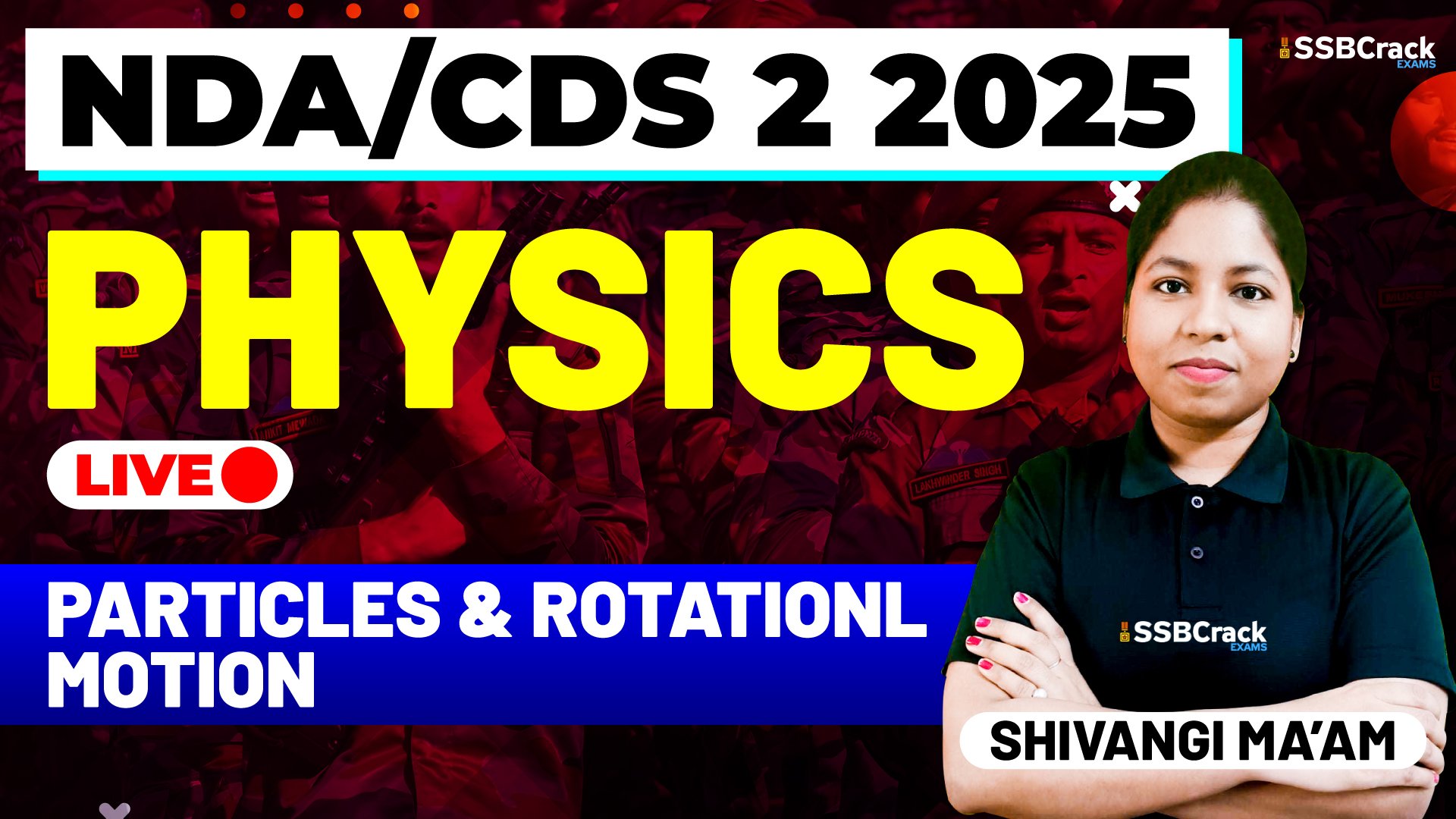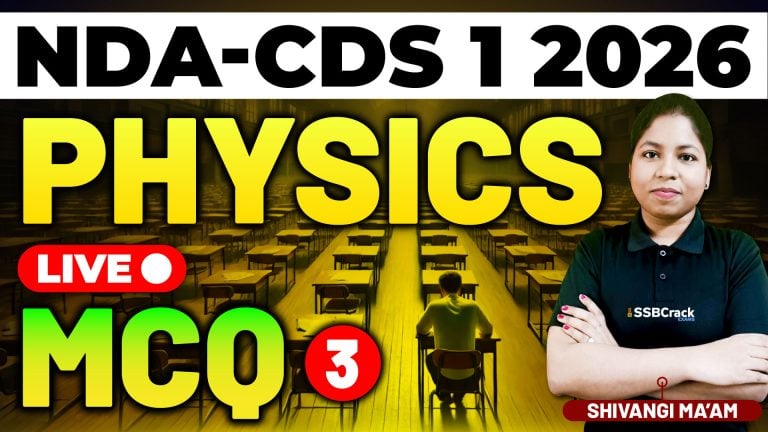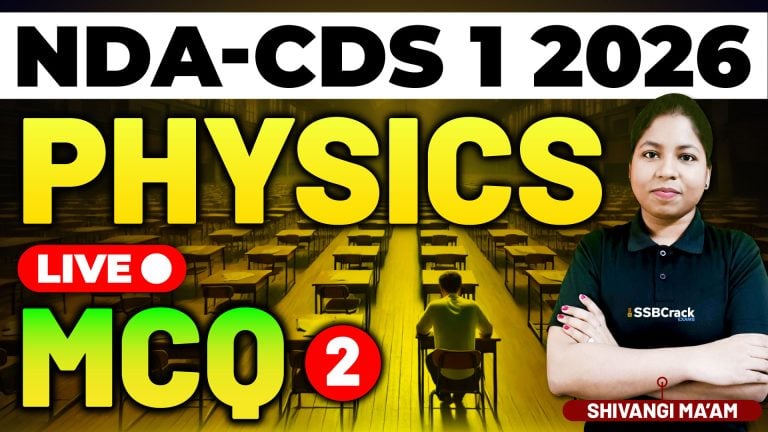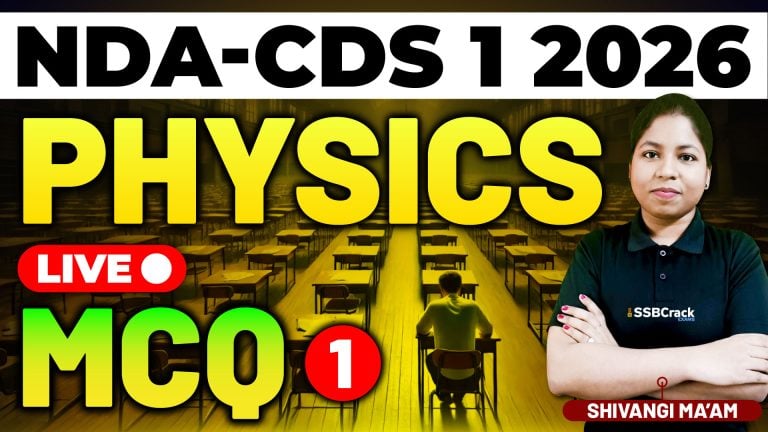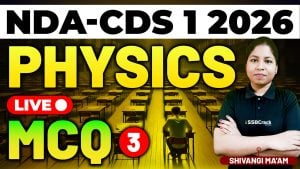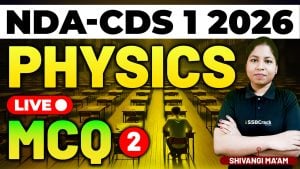Introduction
In preparation for the NDA and CDS 2025 examinations, today’s physics class delved into one of the most dynamic and conceptual areas of mechanics—Rotational Motion. As an extension of linear motion, rotational motion offers crucial insights into the behavior of bodies when they rotate around a fixed axis. Our focus was primarily on three foundational concepts: Moment of Inertia, Angular Velocity, and Angular Acceleration—each of which plays a significant role in understanding the dynamics of rotating systems.
Moment of Inertia: The Rotational Mass
We began the session with the Moment of Inertia (I), often described as the rotational analogue of mass. This physical quantity determines the resistance offered by a body to changes in its rotational motion. Students were introduced to the formula: I=∑miri2
where mim_imi is the mass of a particle and rir_iri is its perpendicular distance from the axis of rotation. We explored various standard geometries such as rods, discs, and spheres, discussing how their moments of inertia differ based on axis orientation. Special attention was given to the parallel axis theorem and perpendicular axis theorem, which are particularly relevant for solving competitive exam problems efficiently.
Angular Velocity: Speed in Rotation
The concept of Angular Velocity (ω) followed naturally. We described it as the rate of change of angular displacement with respect to time. Represented by: ω=dθ/dt
Angular velocity is a vector quantity and plays a central role in defining how fast an object rotates. We also related it to linear velocity through the equation v=rω helping students bridge their understanding between linear and rotational motion.
Angular Acceleration: The Change Behind the Spin
Next, we examined Angular Acceleration (α)—the rate at which angular velocity changes with time: α=dω/dt
This led to discussions about uniformly accelerated rotational motion and its kinematic equations. Real-life examples, such as the spinning of wheels or a rotating fan, were used to illustrate these concepts and strengthen intuitive understanding.
Conclusion
Today’s class was an essential building block in the study of rotational dynamics. The intertwined roles of Moment of Inertia, Angular Velocity, and Angular Acceleration form the core of understanding how objects behave when subjected to rotational motion. These concepts are not only pivotal from an academic perspective but also from an application point of view, particularly in the NDA and CDS exams, where conceptual clarity and problem-solving speed are key. Moving forward, students are encouraged to practice numerical problems and deepen their conceptual understanding through real-world analogies and applications.
